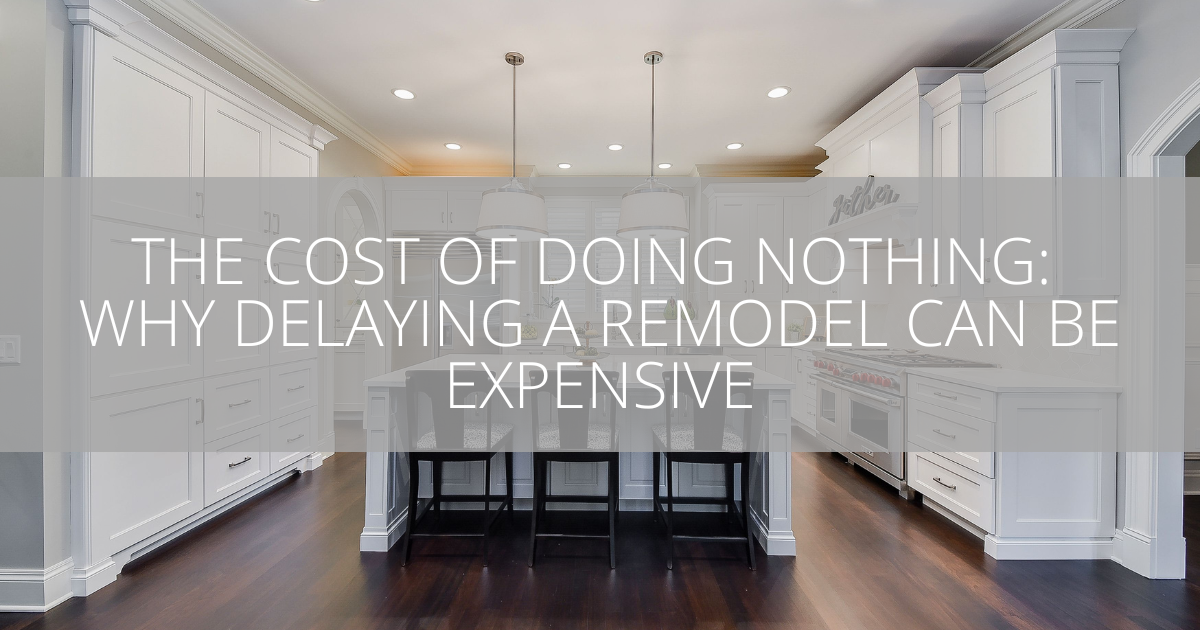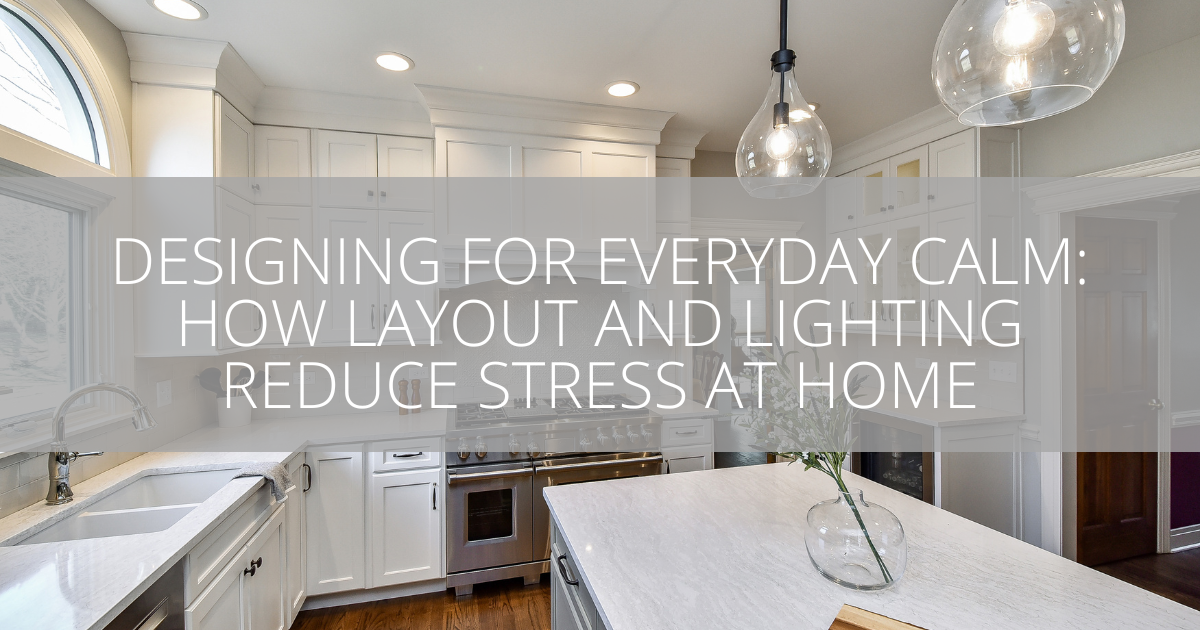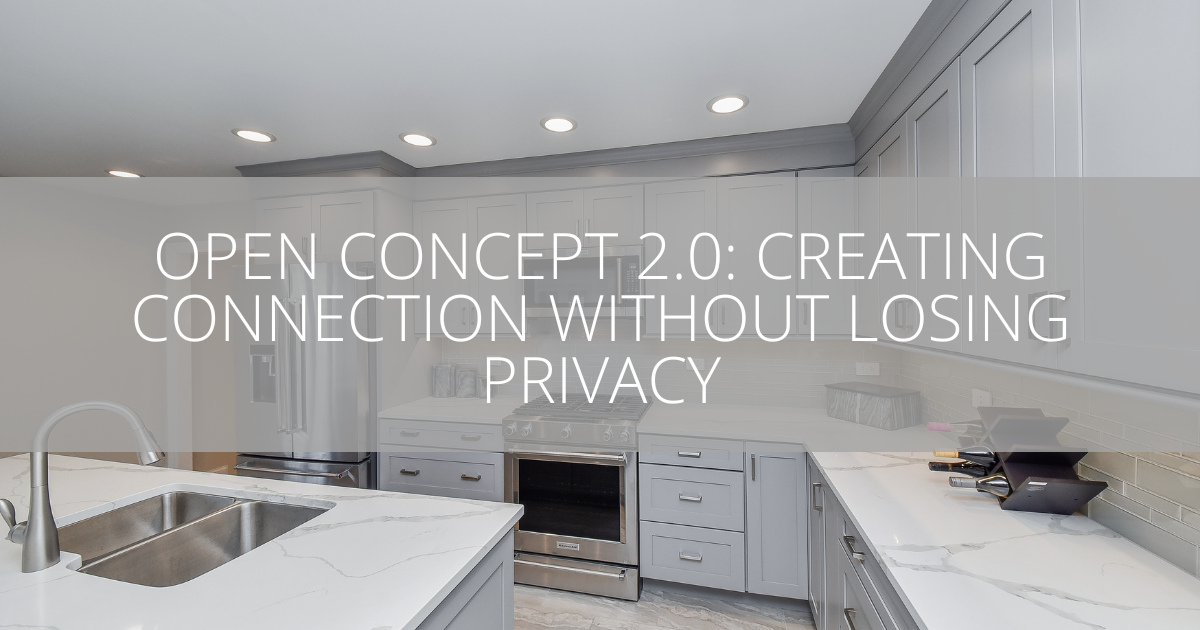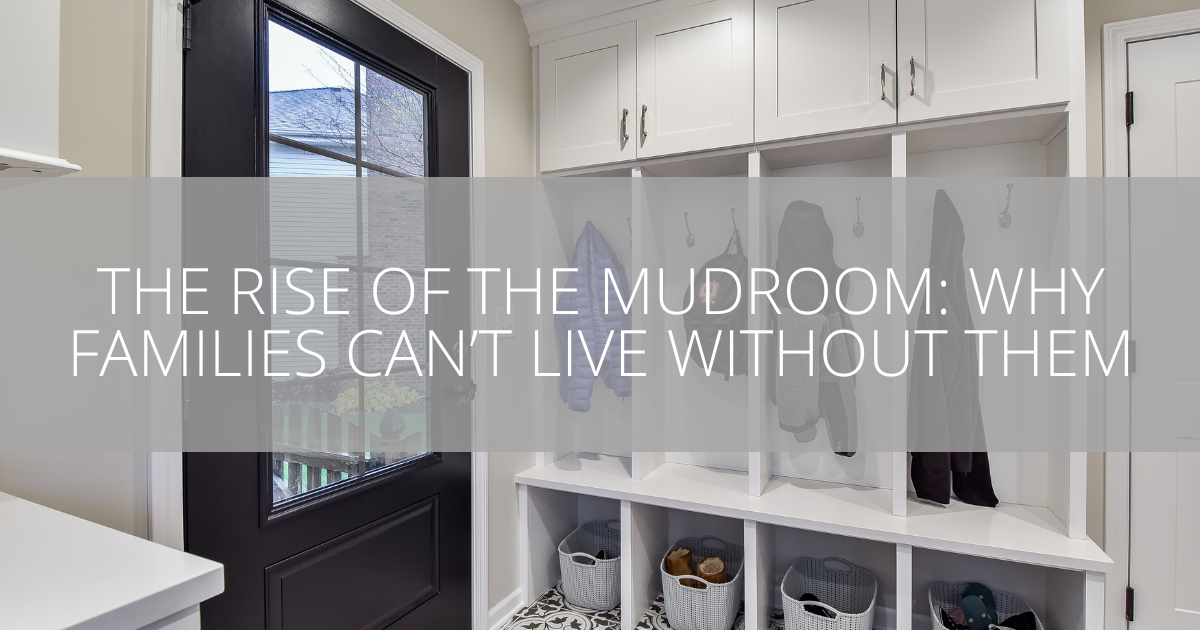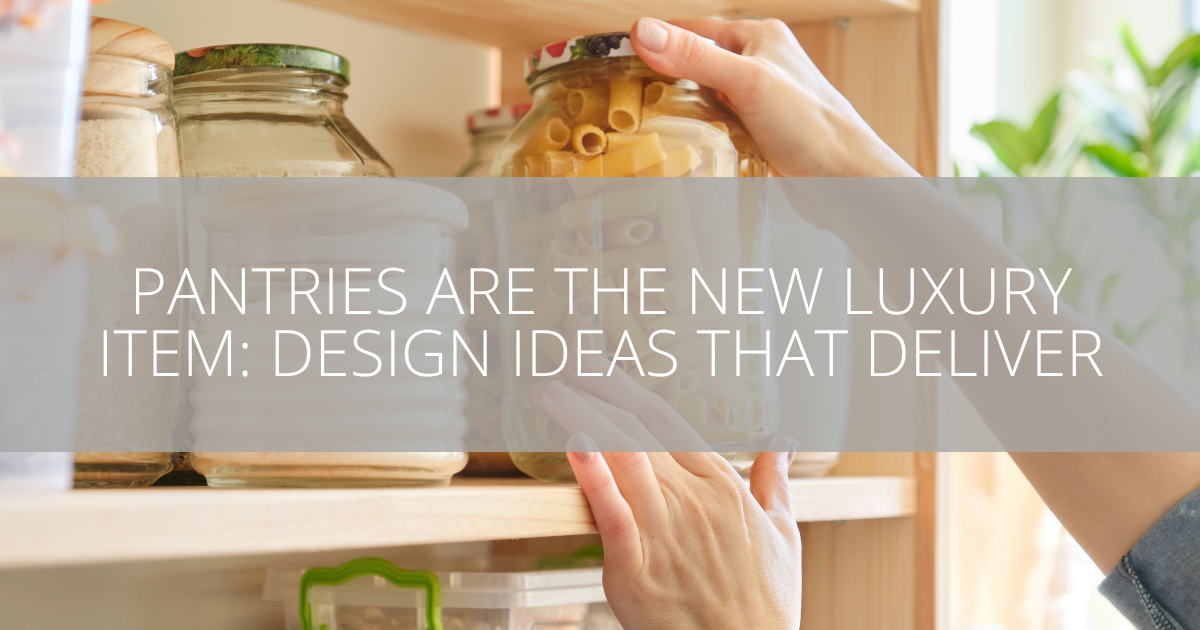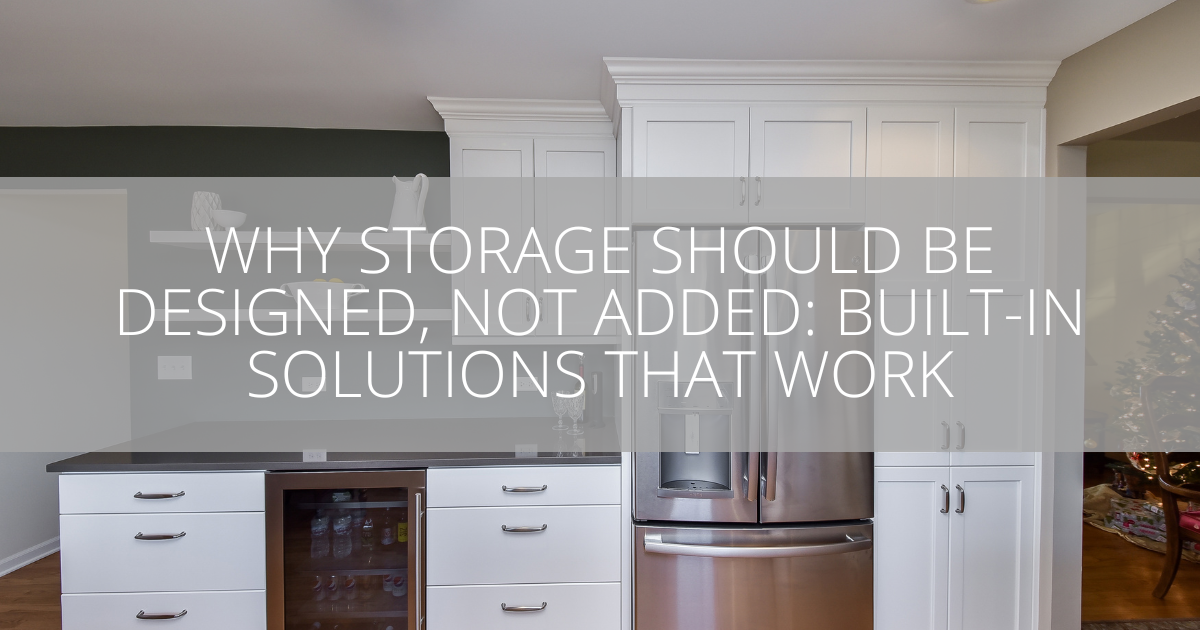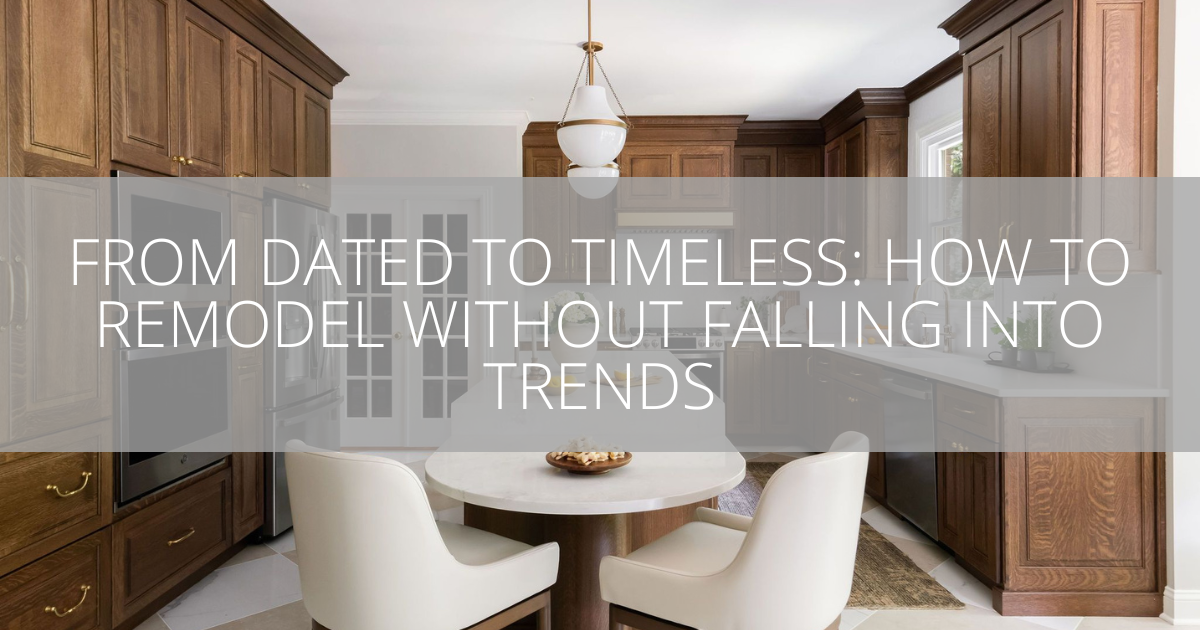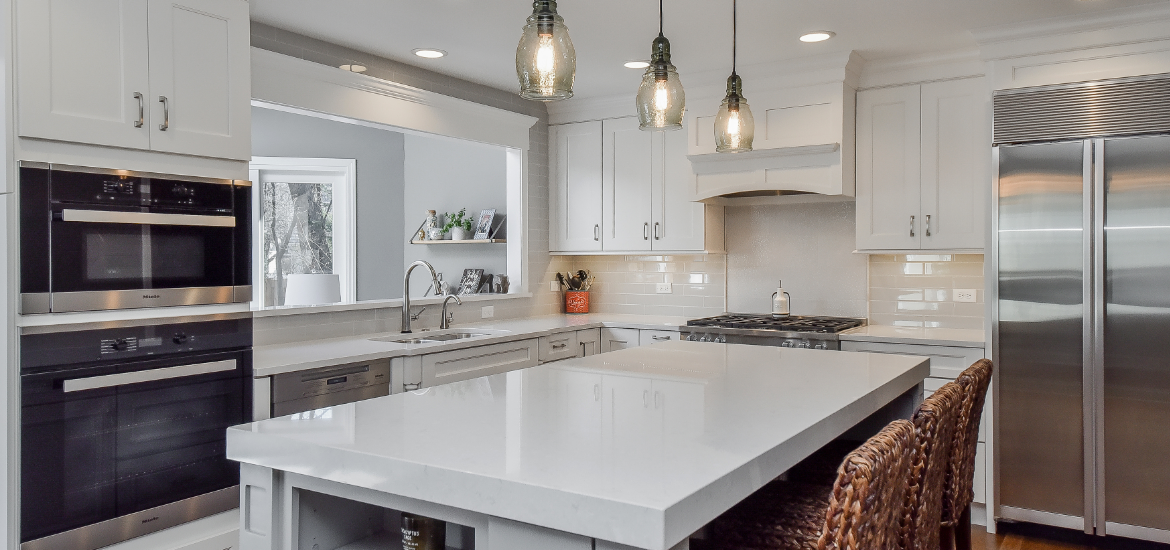
Designing for real life means more than picking materials that “look” durable. It’s about understanding how your household actually lives and moves. You need to know where messes happen, how storage is used, and which finishes will stand up to the test of time. The best spaces are those that can take a beating, clean up easily, and still look effortlessly put together.
At Sebring Design Build, we know that functionality and beauty can (and should) coexist. Whether it’s a kitchen that doubles as a homework zone, a mudroom that keeps the mess contained, or a bathroom that can handle constant humidity, thoughtful design makes all the difference.
In this guide, we’ll explore how to choose the right materials, layouts, and finishes to make your home’s busiest spaces last. Because when your design is built for real life, your home not only looks better. It lives better, too.
1. Start With Function First
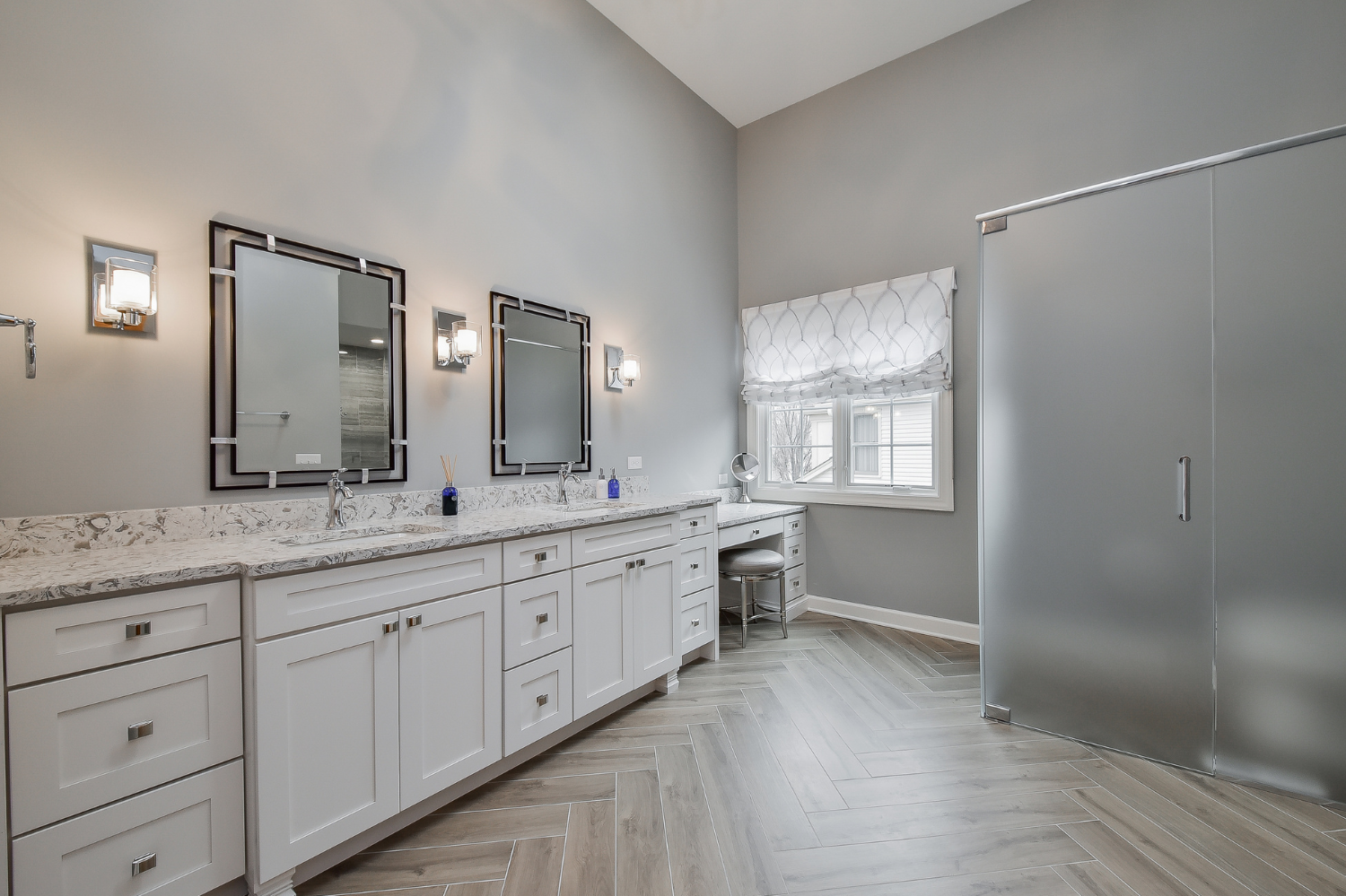
Every successful high-traffic design begins with a clear understanding of how the space will be used. Before choosing materials or colors, think carefully about your household’s daily rhythms. How many people move through the space each day? Are there children or pets? Do you cook frequently or entertain often? Is this an area that deals with dirt, water, or heavy use on a regular basis?
Designing for real life means creating a space that supports your lifestyle rather than working against it. When function leads the process, everything else (from materials to storage to traffic flow) falls naturally into place. Durable design doesn’t just come from tough surfaces; it comes from thoughtful planning that anticipates how people will live in the space day after day.
2. The Kitchen: The True Heart (and Workhorse) of the Home

The kitchen isn’t just a place to prepare meals. It’s where families gather, kids do homework, guests congregate, and conversations flow. It’s also where spills, scratches, and heavy traffic happen daily. The challenge is to design a kitchen that handles all of that gracefully.
When it comes to countertops, durability is non-negotiable. Quartz remains one of the best choices for busy kitchens because it’s non-porous, highly resistant to stains, and requires almost no maintenance. It mimics the natural beauty of stone but offers more consistency and reliability over time. Granite is another strong option, beloved for its natural look and heat resistance, though it does require periodic sealing to prevent stains. Both materials provide the toughness a hardworking kitchen needs while maintaining a polished, high-end appearance.
Cabinetry also deserves careful consideration. The daily routine of cooking, cleaning, and opening drawers can take a toll on poorly built cabinets. Solid wood or plywood construction holds up far better than particleboard, and investing in soft-close hinges and drawer slides can significantly extend the life of your cabinetry. When it comes to finishes, a high-quality paint or laminate coating will resist chips and scratches, and darker or medium-toned woods can help hide everyday scuffs.
Flooring is another area where the right material makes all the difference. Kitchens demand surfaces that can withstand moisture, heat, and constant foot traffic. Luxury vinyl plank (LVP) has become a favorite for this reason. I’s waterproof, resilient, and available in beautiful wood or stone-look finishes. Porcelain tile remains a classic, offering unbeatable scratch resistance and easy cleanup, though it’s harder underfoot. Engineered hardwood is a good compromise if you want the warmth of wood but with better stability in humid environments.
Finally, a kitchen’s layout plays a critical role in how well it functions over time. An efficient flow between the sink, stove, and refrigerator minimizes wear and clutter. Wide walkways, deep drawers for pots and pans, and well-placed landing zones near appliances keep traffic moving smoothly and reduce daily stress on surfaces. A good layout doesn’t just make the kitchen easier to use; it helps it stay looking and working better for years.
3. The Mudroom: The Unsung Hero

Few spaces take more abuse than the mudroom. It’s the first line of defense between the outside world and your home, catching everything from rain-soaked coats and muddy boots to gym bags and backpacks. A well-designed mudroom keeps dirt, water, and chaos from spreading throughout the house, but only if it’s built with durable materials and practical storage.
Flooring should be the top priority. Porcelain tile is the best choice for a high-traffic, moisture-prone space like this because it’s virtually indestructible, easy to clean, and highly resistant to stains. Textured ceramic tile works as well, providing extra traction when wet. If you prefer something softer underfoot, luxury vinyl tile (LVT) offers warmth and durability without sacrificing style. Natural stone can look beautiful, but unless you’re committed to regular sealing, it’s not the most practical choice for this kind of environment.
Storage is another make-or-break feature in a mudroom. Built-in cubbies or lockers create order by giving every family member a place for coats, shoes, and bags. A sturdy bench with hidden storage underneath is ideal for putting on or taking off shoes while keeping clutter out of sight. Open hooks and shelves make it easy to grab items on the go. When storage is built around your family’s habits, the space stays organized and functional, even during the morning rush.
Finishes also matter in a hardworking mudroom. Choose wall paints that can be wiped down easily, such as satin or semi-gloss finishes, and use durable trim materials that can withstand scuffs and kicks. Darker flooring and patterned tiles do an excellent job of hiding dirt between cleanings. Layering in washable rugs or indoor-outdoor runners helps protect the floor while adding warmth and texture.
Lighting is often overlooked in mudrooms, but it’s essential for functionality. A bright overhead light makes it easier to spot dirt and messes, while natural light or a small window adds a sense of freshness. Good ventilation is equally important. It helps dry out wet gear and prevents odors from lingering.
4. The Bathroom: Moisture-Proof Everything

Bathrooms see constant use and constant moisture. The key to a long-lasting bathroom is moisture management. Choosing materials and layouts that resist water damage, mold, and wear is the key.
For countertops, quartz once again proves to be a standout material. It’s non-porous and doesn’t require sealing, making it ideal for vanities and other surfaces exposed to splashes and humidity. Solid-surface materials like Corian are another strong choice, offering seamless edges and easy repair if scratches occur.
When it comes to walls and flooring, porcelain tile is the gold standard. It’s extremely durable, waterproof, and available in countless styles. Ceramic tile also works well, particularly on walls or in lower-traffic bathrooms, but porcelain’s density gives it an edge in longevity. Pay special attention to grout. Epoxy grout or high-quality sealants can make a world of difference by preventing moisture from seeping in and mold from forming.
Bathroom cabinetry faces unique challenges because of humidity and temperature fluctuations. Plywood construction resists warping better than MDF, and laminate or veneer finishes add a protective layer against moisture. Proper ventilation, ideally an exhaust fan that runs long enough to clear steam after showers, is essential to prevent damage and mildew.
Even fixtures should be chosen with longevity in mind. Solid brass or stainless-steel plumbing fixtures will resist corrosion far better than cheaper zinc options. Look for finishes designed to be spot-resistant and tarnish-proof; chrome and brushed nickel are timeless choices that maintain their shine, while matte black and warm brass offer trend-forward appeal with lasting quality.
A smart layout can also extend a bathroom’s lifespan. Separating wet and dry zones helps reduce humidity where it doesn’t belong. Curbless showers or solid-surface shower pans limit grout lines and make cleaning easier. Wall-mounted vanities keep cabinetry off the floor, protecting it from moisture while making the space feel more open.
5. Universal Design: Built to Last a Lifetime
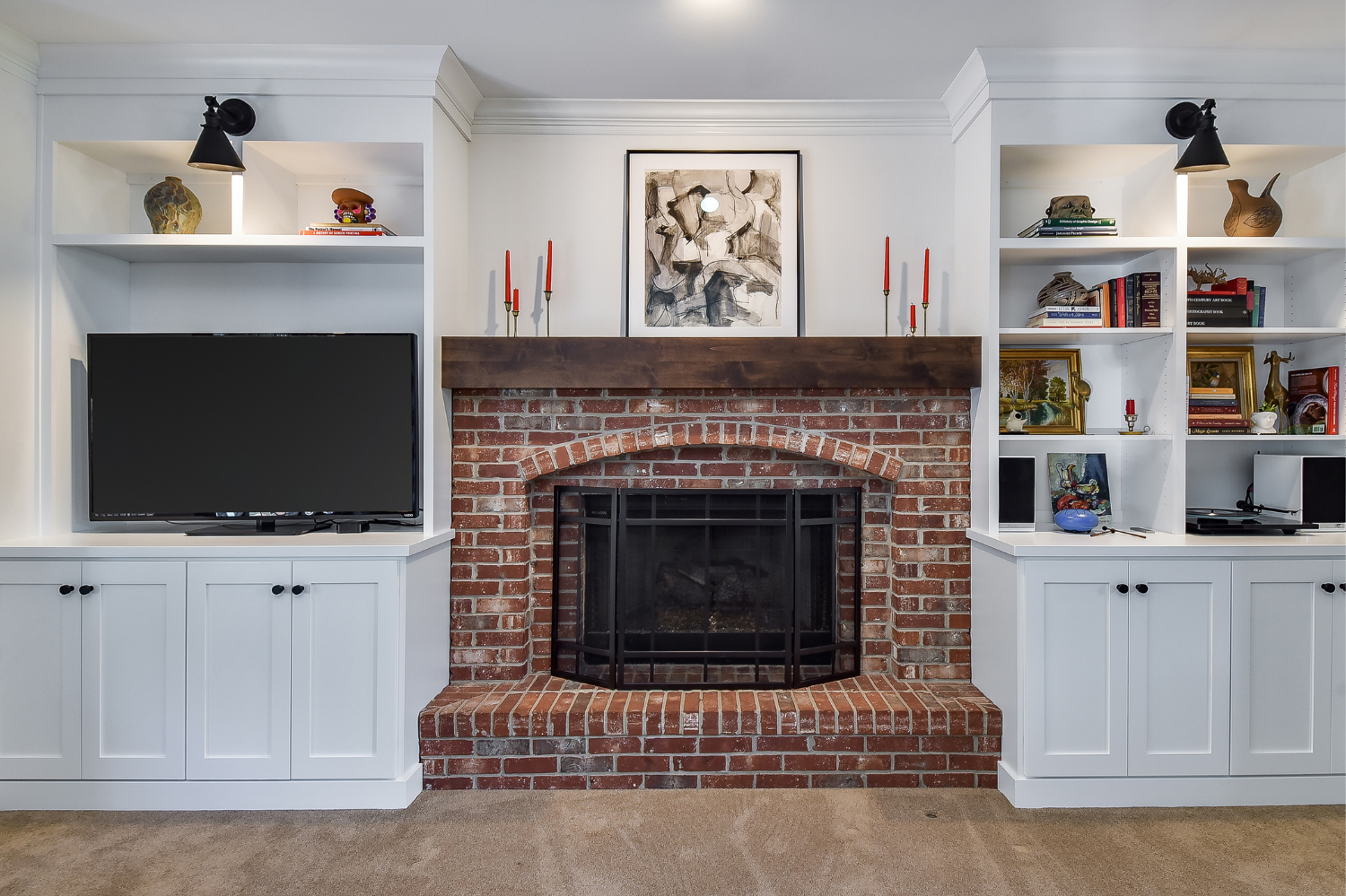
Durability isn’t just about how materials age. It’s also about how your home adapts as your life changes. The most resilient spaces are those designed with universal design principles in mind, ensuring accessibility and comfort for everyone, regardless of age or mobility.
Incorporating features like wider doorways, lever-style handles instead of knobs, and slip-resistant flooring can make your home safer and more usable for the long term. In bathrooms, consider adding built-in shower benches or handheld showerheads. In kitchens and mudrooms, good lighting, especially under-cabinet or task lighting, improves visibility and safety.
Designing for flexibility and accessibility doesn’t detract from beauty or style. Instead, it future-proofs your home so it continues to serve you well as your needs evolve.
6. Maintenance: The Secret to Longevity

Even the best materials need regular care. The difference between a space that stays beautiful and one that ages poorly often comes down to maintenance and how easy that maintenance is.
Choose finishes that are forgiving. Matte and satin surfaces hide fingerprints and smudges better than glossy ones. Large-format tiles reduce grout lines, cutting down on places where dirt and moisture can accumulate. Quality hardware and fixtures not only look better but are less likely to loosen or corrode over time.
Ventilation is another overlooked hero of home durability. Kitchens and bathrooms should have efficient exhaust systems to control humidity, odors, and heat. Mudrooms benefit from air circulation too, especially when they double as laundry or utility spaces.
Finally, think about paint and trim. In high-traffic areas, washable paints and durable trim materials are worth every penny. They allow for quick cleanup and easy touch-ups, keeping your home looking fresh with minimal effort.
7. Style That Endures
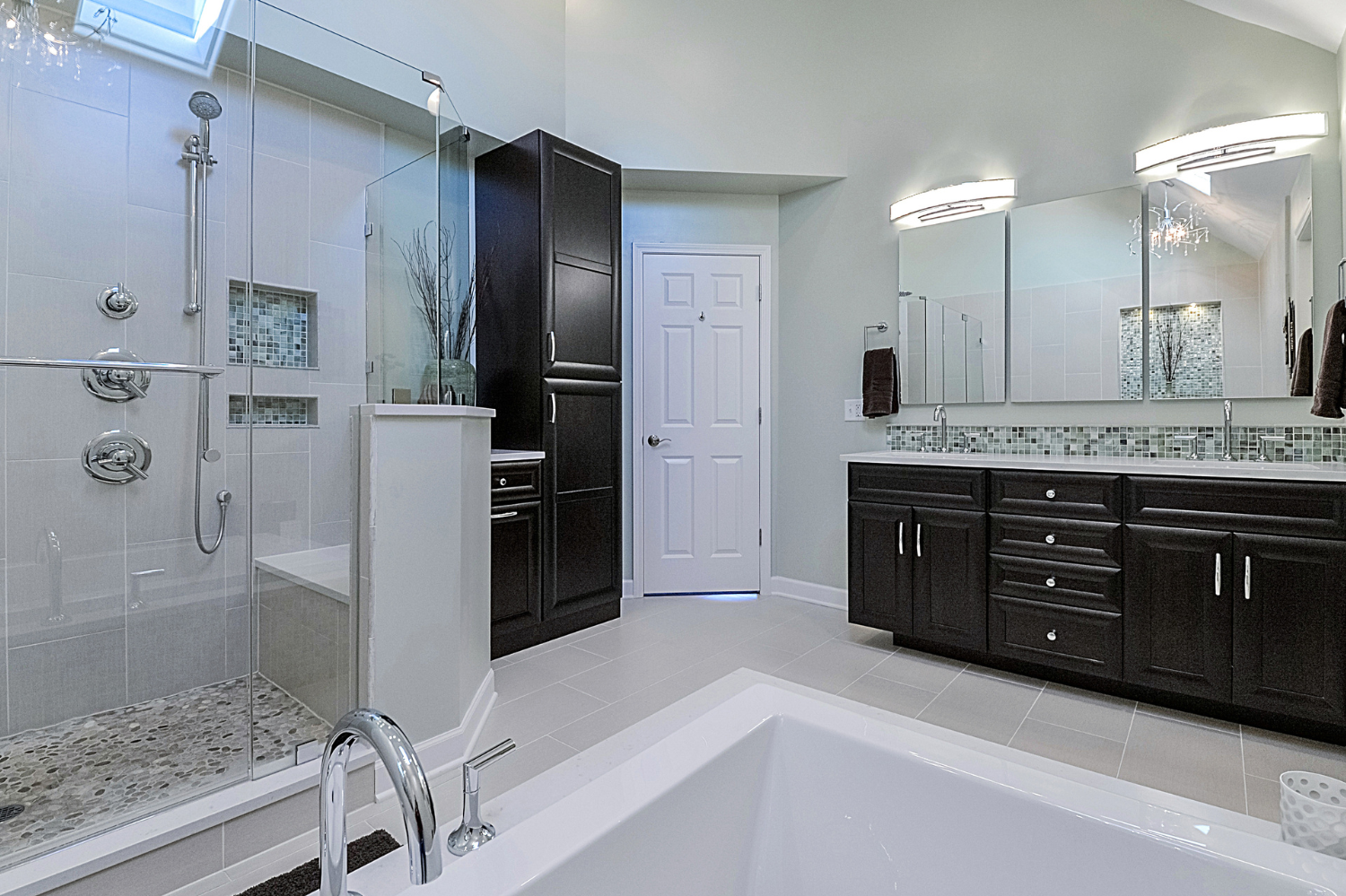
Trends come and go, but classic design lasts. When investing in durable materials, it’s smart to pair them with a timeless aesthetic that won’t feel dated in a few years. Stick with neutral or natural color palettes. Think about whites, grays, warm woods, and subtle tones that create a calm, balanced look.
Simplicity is key. Clean lines, understated hardware, and thoughtful proportions give a room longevity far beyond passing fads. You can always refresh your space later with paint, lighting, or decor, but the core structure and materials should feel enduring and versatile.
A timeless design also makes maintenance easier. Neutral colors and simple finishes tend to show wear less dramatically, and they coordinate effortlessly with future updates. The result is a home that continues to feel current and inviting, no matter how your tastes evolve.
Bringing It All Together: Design That Works for Real Life
A beautiful home isn’t one that looks perfect only on move-in day. It’s one that still feels solid, comfortable, and inviting years later. The truth is, life gets messy. Kids track in dirt, pets scratch floors, and kitchens never stop working. Designing for real life means embracing that reality and choosing materials, layouts, and finishes that don’t just survive wear and tear. They thrive under it.
When you build with intention and durability in mind, your home becomes a space that supports your lifestyle instead of demanding constant maintenance. Every choice, from the flooring under your feet to the countertops you cook on, should make daily living easier and more enjoyable. That’s what timeless, high-performance design is all about.
At Sebring Design Build, we believe great design starts with understanding how you live. Our team specializes in creating kitchens, mudrooms, and bathrooms that look stunning on day one and stand strong for decades. Whether you’re updating a single space or remodeling your whole home, we’ll guide you toward smart choices that combine beauty, function, and lasting value.
If you’re ready to remodel a home in Franklin, TN, that’s as durable as it is beautiful, schedule your design consultation today. Let’s bring your vision to life. One that’s made not just for now, but for every chapter ahead.

